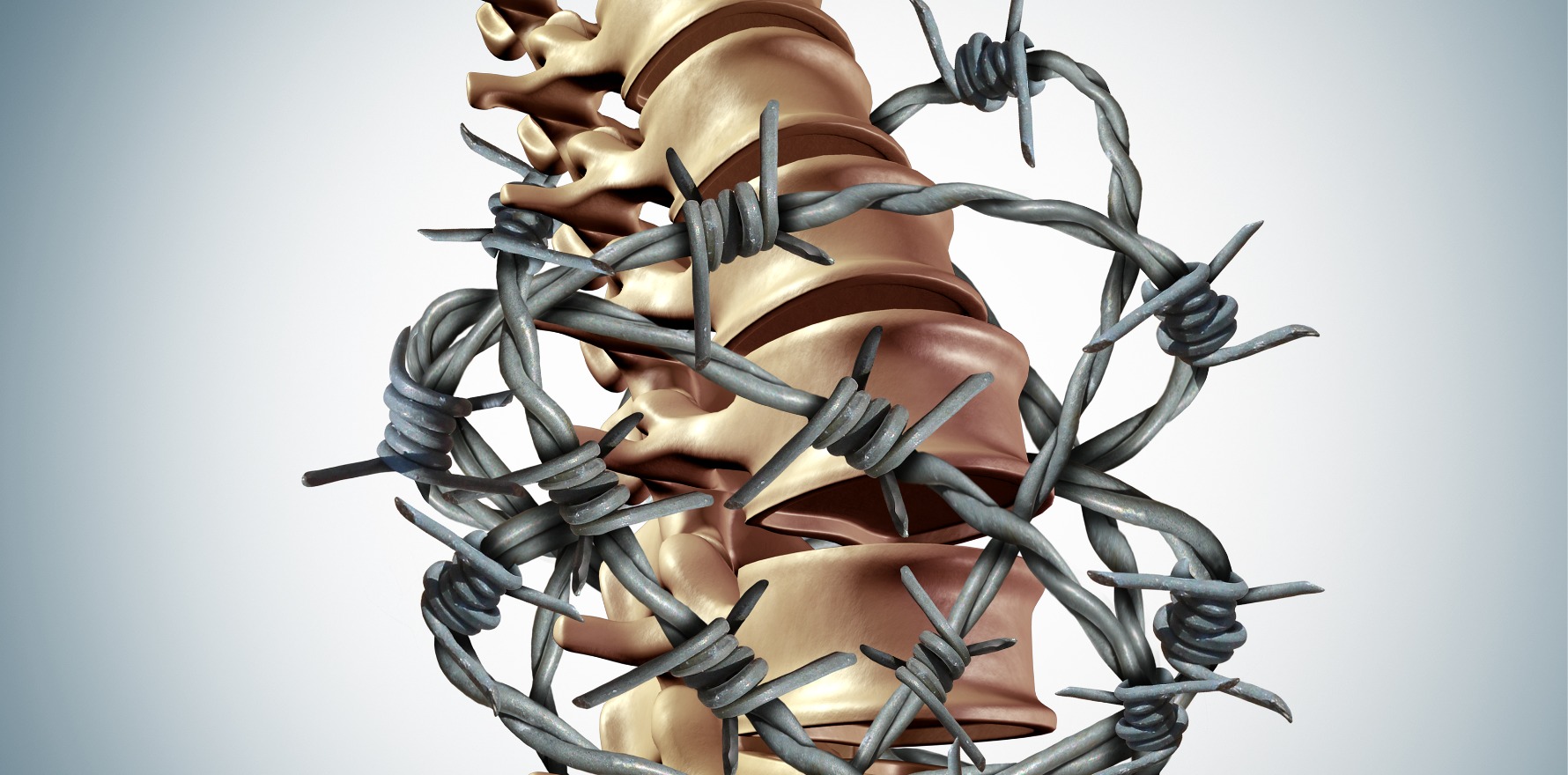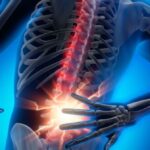A new national clinical care standard is set to be a ‘game-changer’, says a leading expert.
The clinician who led the development of Australia’s first clinical care standards for low back pain hopes it will spark a complete change of thinking around the common but distressing condition.
Patients with a new, acute episode, who aren’t suspected of having a specific or serious pathology, are recommended not to have imaging, according to the new standards from the Australian Commission on Safety and Quality in Health Care.
Instead, they should be assessed for psychosocial factors, given tailored education and advice, encouraged to keep active and only given enough pain medication to allow them to return to activity and work – rather than to eliminate pain entirely.
Associate Professor Liz Marles, clinical director at the Commission, said low back pain was the second most common reason for a GP presentation in Australia, behind upper respiratory tract infections. It is estimated that one in six Australians suffer at some time from low back pain.
“It is a really common problem, I think every GP is going to have patients coming in most weeks with low back pain,” she said.
“It would be really great if the messaging that we’re getting through to primary care practitioners and emergency departments is also getting through to the general public that they might get acute back pain, but the likelihood is that for most of them it will get better by itself.”
The Low Back Pain Clinical Care Standard, released this week by the commission, advocates a shift towards active approaches to support patients with back pain.
The use of imaging tests, bed rest, pain medicines and surgery are now accepted as having a limited role in managing most people with low back pain. Current evidence shows an active approach is more effective and less risky for patients.
Professor Marles said she believed the guidelines would be “practice-changing” for GPs, and focussed on self-management, psychosocial care, maintaining physical activity and review, over immediately sending a patient for imaging and prescribing pain medications, particularly opioid analgesics.
“The Low Back Pain Clinical Care Standard describes how active self-managed strategies that educate people about their pain and how to remain physically active and working are most effective to restore health,” she said.
“Contrary to past schools of thought, for most cases of low back pain, we know that passive approaches such as bed rest and medication can lead to worsening disability. Also, if pain medicines are prescribed, they should be used to enable physical activities to help people recover, rather than eliminate pain.”
She said the risk of serious cause in low back pain was very low (1-5%) and was usually identified through history and physical examination. She cautioned that investigations such as MRI and other imaging could sometimes paradoxically delay recovery, while also picking up unrelated issues that might not have anything to do with the pain but were simply signs of the wear and tear of life and ageing.
“Referring low back pain patients for imaging who don’t have any signs of a serious condition may lead to unnecessary concern or wrong care,” she said.
“Common findings on back scans include disc degeneration, bulges and arthritis; yet these are often found on scans of people who do not have back pain – so these findings can be unhelpful and misleading.
“The good news is that most people who have a single episode of low back pain – 75% of patients – will improve rapidly and their pain will resolve within six weeks.”
Professor Marles said the new approach depended on GPs reviewing patients after their first presentation to ensure they were improving.
“For the vast majority of people it’s going to get better by itself over a period of time,” she said.
“If patients know what to expect and feel supported, we’ll probably see fewer presentations to emergency departments and GPs, and when we do see them. Hopefully, we’re only seeing them for one or two visits instead of this ongoing sort of chronicity.
“What we really want to do is just break that cycle.”
According to the quick guide for GPs on the new standard, there are eight key components, including conducting an initial clinical assessment; assessing for psychosocial factors; reserving imaging for suspected serious pathology; providing patient education and advice; encouraging self-management and physical activity; using pain medicines judiciously; and reviewing and referring.
The guide also offers tips on how to communicate these points to patients. Professor Marles said conversations around pain relief and imaging were important – especially in cases where patients were insisting on these.
“I think it will be quite a game changer,” she said.
According to data released by the commission, low back pain can cause considerable distress and is a leading cause of disability worldwide. Back pain costs the Australian health system $4.8 billion each year and is the top reason for lost work productivity and early retirement.
Professor Peter O’Sullivan, professor of musculoskeletal physiotherapy at Curtin University, said it was important for clinicians to educate their patients and provide a clear recovery plan.
“Patients with low back pain may avoid physical activity and work, and potentially become fearful, depressed or anxious, which can lead to higher risk of disability,” he said.
“Unfortunately, sometimes the advice given to people with low back pain can reinforce unhelpful beliefs and responses to pain. This is why the conversations healthcare practitioners have with their patients are paramount to their recovery.”
He said if patients who had presented with a new episode of low back pain were not recovering within six weeks, they should be reassessed and possibly be referred for additional targeted and specialist care.
The evidence-based standard has been endorsed by 17 key professional associations and consumer organisations, including the Australian College of Emergency Medicine (ACEM), Australian College of Rural and Remote Medicine (ACRRM), Australian Physiotherapy Association (APA), Royal Australian and New Zealand College of Radiologists (RANZCR), Spine Society of Australia (SSA) and the Australian Pain Society (APS). It is also supported by the Consumer Health Forum (CHF) and the Royal Australian College of General Practitioners (RACGP).





